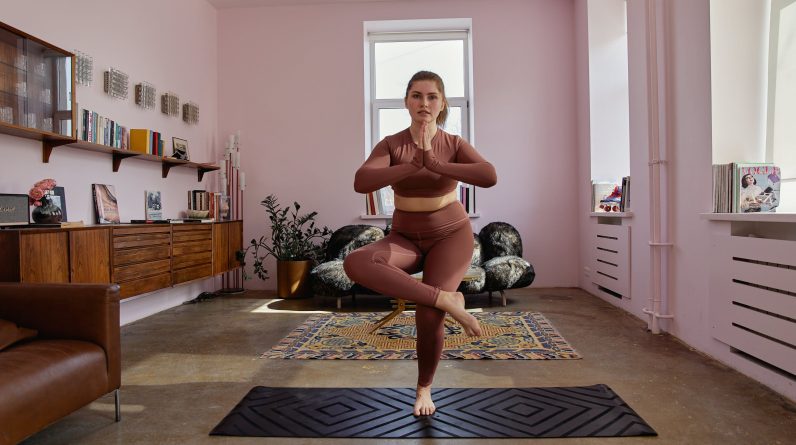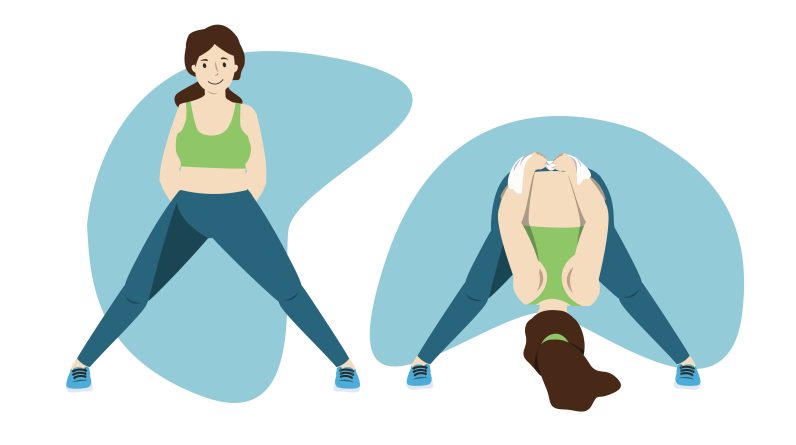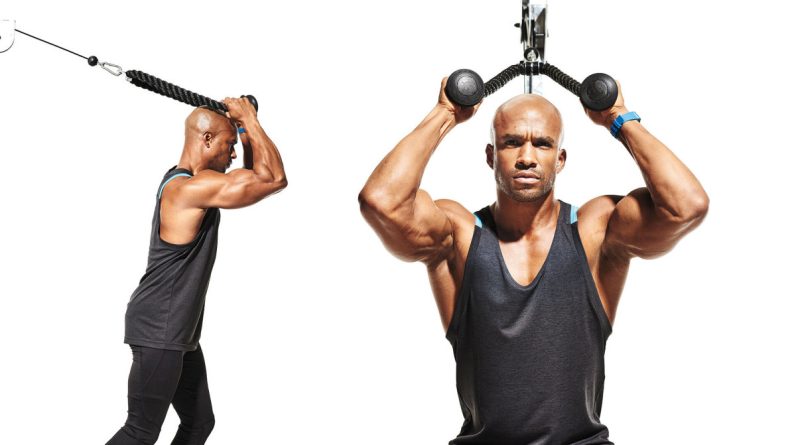
In recent years, the idea of working out from the comfort of one’s own home has gained immense popularity. With busy schedules and the desire for convenience, many people are turning to home gyms as a way to stay fit and healthy. Building your home gym can be an exciting and rewarding endeavor, but it also requires careful planning and consideration. In this guide, we’ll walk you through the steps to create the perfect home gym tailored to your needs.
Assess Your Space
Before you start buying equipment, take a close look at the space you have available. Whether it’s a spare room, a garage, or a corner of your living room, understanding your space limitations will help you make informed decisions about the type and quantity of equipment you can accommodate. Ensure that there’s enough ventilation and lighting to create a comfortable workout environment.
Set Your Budget
Setting a budget is crucial when building your home gym. Gym equipment can vary widely in price, so it’s essential to determine how much you’re willing to invest. Keep in mind that while some high-end equipment can be expensive, there are also budget-friendly options that provide excellent value for your money.
Choose Your Equipment Wisely
Once you’ve established your budget, it’s time to select the equipment that suits your fitness goals. Here are some essential pieces of gym equipment to consider:
Cardio Machines:
Treadmills, stationary bikes, and elliptical trainers are excellent choices for improving cardiovascular fitness.
Strength Training Equipment:
Dumbbells, barbells, kettlebells, and resistance bands are versatile options for strength training.
Multi-Functional Equipment:
Home gyms or power racks can offer a wide range of exercise possibilities in a compact space.
Accessories:
Yoga mats, stability balls, and foam rollers can enhance your workouts and provide variety.
Focus on Safety
Safety should be a top priority when building your home gym. Ensure that your equipment is set up correctly and securely. If you’re new to weightlifting, consider seeking guidance from a fitness professional to prevent injuries. Additionally, invest in proper flooring to reduce the impact on your joints during high-intensity workouts.
Plan Your Workout Space
Organize your home gym in a way that promotes a productive workout environment. Arrange your equipment logically, leaving enough space for free movement. Consider adding mirrors to check your form during exercises, and install adequate lighting for a well-lit space.
Stay Motivated
Creating a home gym is just the first step; staying motivated is equally important. Personalize your workout space with inspiring posters or motivational quotes. Set specific fitness goals and track your progress to keep yourself accountable. Consider incorporating entertainment options like a TV or a sound system to make your workouts more enjoyable.
Maintenance and Cleaning
Regularly maintain and clean your equipment to ensure its longevity and hygiene. Follow the manufacturer’s guidelines for maintenance, and wipe down surfaces after each use to prevent the buildup of sweat and bacteria.
Seek Professional Guidance
If you’re unsure about which equipment to choose or how to design your home gym effectively, consider consulting a fitness professional or hiring a personal trainer. They can provide expert advice tailored to your fitness goals and space.
Focus on Health and Wellness
While creating your home gym, it’s important to remember that fitness is not just about physical strength; it’s also about overall health and well-being. Incorporate elements of relaxation and recovery into your gym space. Consider including a dedicated area for stretching and yoga. A foam roller or massage tools can help relieve muscle tension and enhance flexibility. By nurturing both your physical and mental health, your home gym can become a sanctuary for holistic wellness.
Include a Variety of Workout Options
To keep your workouts engaging and effective, aim to include a variety of exercise options in your home gym. Cross-training can prevent plateaus and boredom. If space allows, add a pull-up bar, a jump rope, or a punching bag for some diversity. Mixing up your routine not only makes workouts more interesting but also targets different muscle groups for a well-rounded fitness regimen.
Consider Sustainability
In today’s eco-conscious world, it’s worth considering sustainability when building your home gym. Look for equipment made from eco-friendly materials, and if possible, buy second-hand or refurbished items to reduce your carbon footprint. Additionally, opt for energy-efficient lighting and equipment to minimize energy consumption. Building a sustainable home gym aligns with both your fitness goals and environmental values, creating a positive impact on your health and the planet.
Prioritize Mental Well-being
In your pursuit of physical fitness, don’t forget the importance of mental well-being. Your home gym can also serve as a place for mindfulness and relaxation. Consider incorporating a meditation corner with comfortable cushions or a soothing color scheme. After an intense workout, take a few moments to practice deep breathing or meditation to reduce stress and promote mental clarity. Remember, a healthy body and a calm mind go hand in hand on your journey to a more balanced and fulfilling life.
In conclusion, your home gym is not just a space for exercise; it’s a reflection of your commitment to a healthy lifestyle. By focusing on health and wellness, including a variety of workout options, and considering sustainability, you can create a home gym that not only helps you reach your fitness goals but also enhances your overall quality of life. Remember that building a home gym is an investment in yourself, and with the right approach, it can be a source of lasting well-being and motivation.






